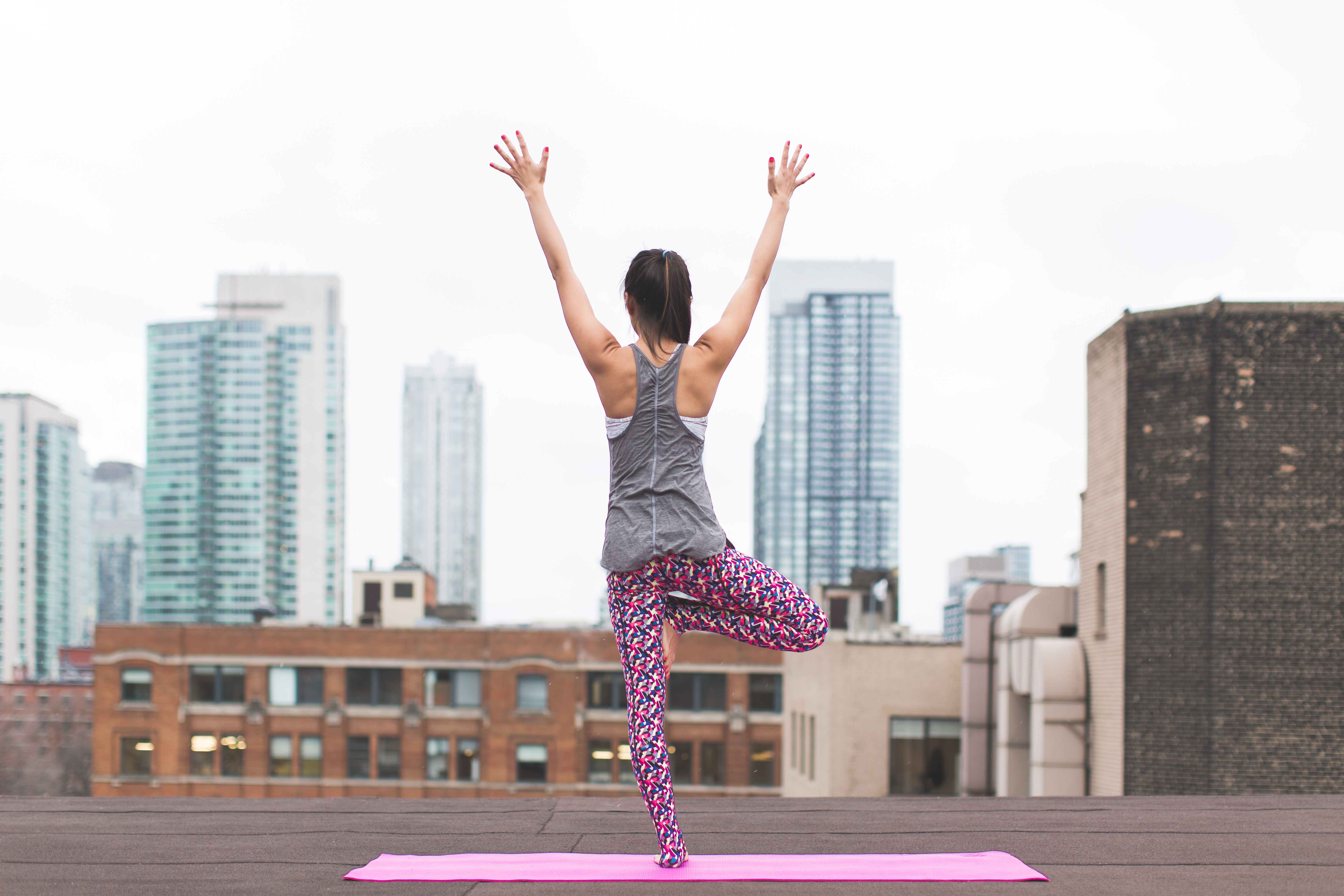Transparency is extremely important to us, so we are letting you know that we may receive a commission on some of links you click on from this page. See our disclaimer.
When asked to consider a positive fitness routine, yoga is frequently at the top of the list.
Indeed, as well-run workplace wellness programs encourage fitness as an important way to help employees maintain good health and manage chronic disease — and to help businesses manage overall health costs — yoga is frequently on the list of potential activities.
In fact, the American Journal of Health Promotion ran a case study that features Interactive Health, which, in addition to providing well-run workplace wellness programs “has also provided a comprehensive wellness solution for their own employees and spouses for more than a decade. As such, good health is not only a part of Interactive Health’s business proposition, it is the norm of the company culture.”
Among other tactics, the piece notes that the company offers “on-site fitness center facilities, with membership offered at no charge to employees, and has made investments in offerings such as on-site yoga, massage, and step challenges. The company offers to pay a portion of gym memberships for employees who work from home.”
We've even reported how employees who spend most of their day in a chair can gain the benefits from yoga
Kristin McGee, New York City instructor and author of Chair Yoga, has been on a mission choose the positions that are most beneficial to Americans living sedentary lifestyles at home or at work. Her book identifies the best positions, for each body part, and explains the way that the given position can be done at work – even on the morning and afternoon commute. As she explains, “the art of yoga is being able to be present anywhere and tap into your vital life force to keep your body flexible, strong, and healthy.”
McGee outlines the importance of specific positions for the everyday worker. Side bends, she notes, will relieve back stiffness and pain. “Other work-friendly yoga poses include spinal twists, (which can be done seated or standing) eagle arms (great for stretching out wrists and shoulders), and mountain pose (for resetting your posture, boosting energy, and improving focus).”
Now MedPage Today highlights the “Benefits of Yoga for Diabetes Control: Stress reduction, non-threatening fitness routine helps adherence.”
The piece states: “Mounting evidence shows clear and demonstrable benefits of yoga for patients with diabetes, prediabetes, and related conditions. As that evidence grows, so, too, does the push for clinicians to encourage sometimes-skeptical patients to try the practice.”
“A December report published in the Scandinavian Journal of Medicine and Science in Sports found that study participants who underwent three 1-hour yoga sessions per week for 1 year saw decreases in proinflammatory adipokines and increased anti‐inflammatory adipokine in adults with metabolic syndrome and high-normal blood pressure.”
Important information for well-run workplace programs — and employees — to know about the potential benefits of yoga.




0 Comments